How to Choose the Best Heater for a Small Room?
Wondering which heater is best for your small space? This guide answers your questions on technology, safety, and cost to help you choose the perfect one.
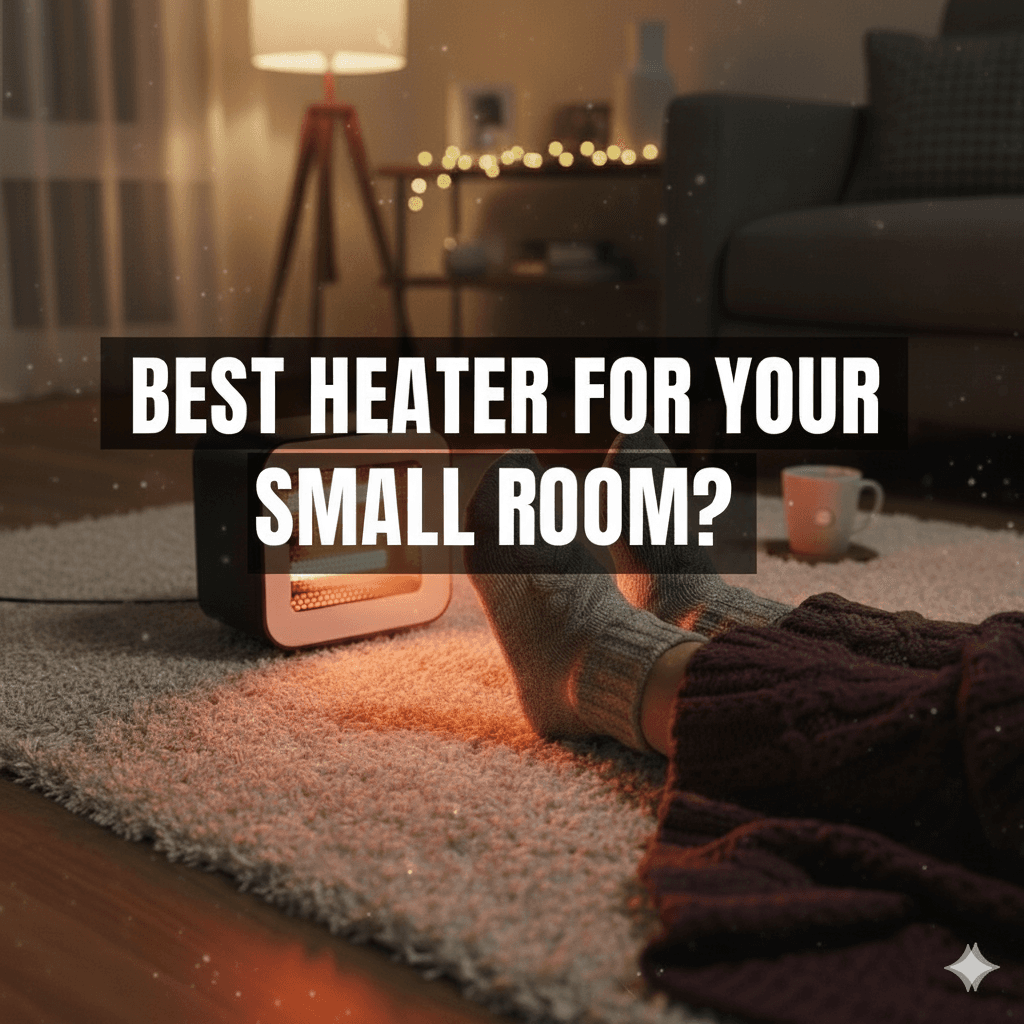
The Best Heaters for Small Spaces: A Guide to Technology, Cost, and Safety
I. INTRODUCTION: THE SEARCH FOR SMART HEATING SOLUTIONS
The shrinking of modern living spaces, the individualization of office environments, and the rise of mobile living trends have made heating solutions for small areas, where central heating is inefficient, critically important. Small space heaters stand out with key features like portability, rapid heating capability, and suitability for spot heating. These devices are often ideal for bedrooms, under desks, or small camper cabins of about 6 to 12 square meters.
While large central heating systems can lead to energy waste by heating unused areas of a home, portable heaters offer significant energy-saving potential by heating only the space where it's needed. However, the trade-off for this portability and speed can be high electricity bills and potential safety risks if the right technology is not chosen. An expert approach requires prioritizing factors like safety certifications (CE, ERP), energy efficiency (thermostat sensitivity), and long-term durability in the decision-making process.
II. AN IN-DEPTH LOOK AT HEATER TECHNOLOGIES: PERFORMANCE AND PRINCIPLE
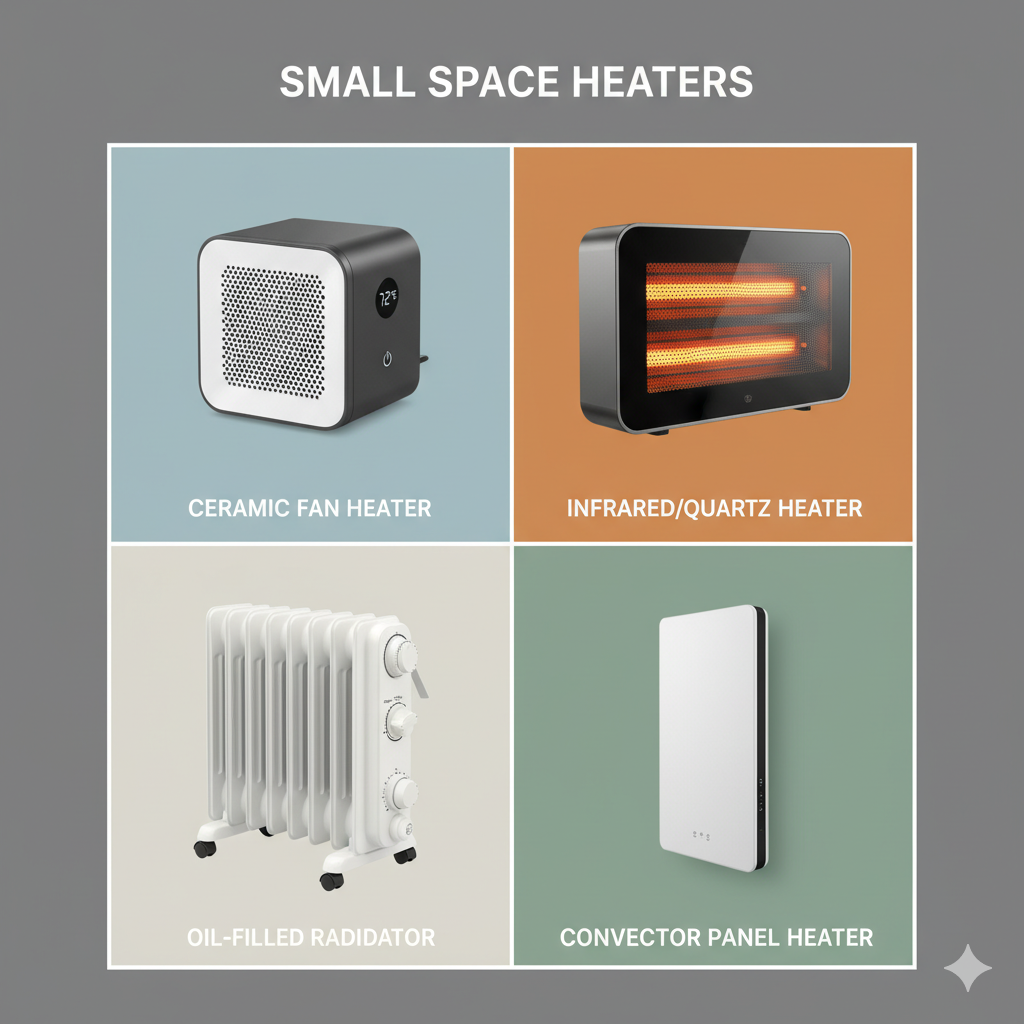
Small space heaters are primarily based on three main technologies: Ceramic/Fan (Convection), Infrared/Quartz (Radiation), and Oil-Filled/Convector (Ambient Heating). Each technology distributes heat through different physical principles, which has a decisive impact on their use cases.
A. Ceramic (PTC) Fan Heaters: Thermal Speed and Self-Regulation Ceramic heaters work with Positive Temperature Coefficient (PTC) technology. These ceramic elements heat up incredibly fast and use an internal fan to distribute the heat, allowing the devices to start heating in as little as 3 seconds.
-
Pros: Instant heat, compact design.
-
Cons: Can be noisy due to the fan; the presence of moving mechanical parts means more potential points of failure compared to passive heaters.
-
Best For: Spot heating under an office desk, in small workshops, or in bathrooms where an instant temperature boost is needed.
B. Infrared (Infrared) and Quartz Heaters: The Physics of Directed Radiation Infrared and Quartz heaters operate on the principle of radiant heating; they heat surfaces and objects they face directly through electromagnetic radiation, without heating the air. This mechanism creates an instant sensation of warmth.
-
Pros: Instant, direct heat; often silent.
-
Cons: They are highly directional. They are excellent for directly heating a person sitting in a chair but are inefficient if the goal is to raise the overall ambient temperature of the room.
-
Best For: Directly warming a person in a fixed location, like a workstation or a garage. Popular models include the Kumtel Ks-2760 Quartz.
C. Convector and Oil-Filled Heaters: Silent and Sustained Warmth These two technologies focus on heating the ambient air to create natural circulation (convection) in the room.
-
Oil-Filled Heaters: These heaters use the high thermal inertia of the oil inside them. They heat up slowly but retain and continue to radiate heat long after the thermostat cuts power. Their biggest advantage is their extremely low rate of mechanical failure, making them a great long-term investment for durability.
-
Convector Heaters: Convector heaters create a circulation cycle by heating the air above the heating element, which then rises. This gradually and uniformly raises the room's overall temperature. Since they do not contain a fan, they are extremely quiet. This makes them ideal for bedrooms or offices where silence is critical. Models like the Xiaomi Mi Smart Space Heater S are prime examples.
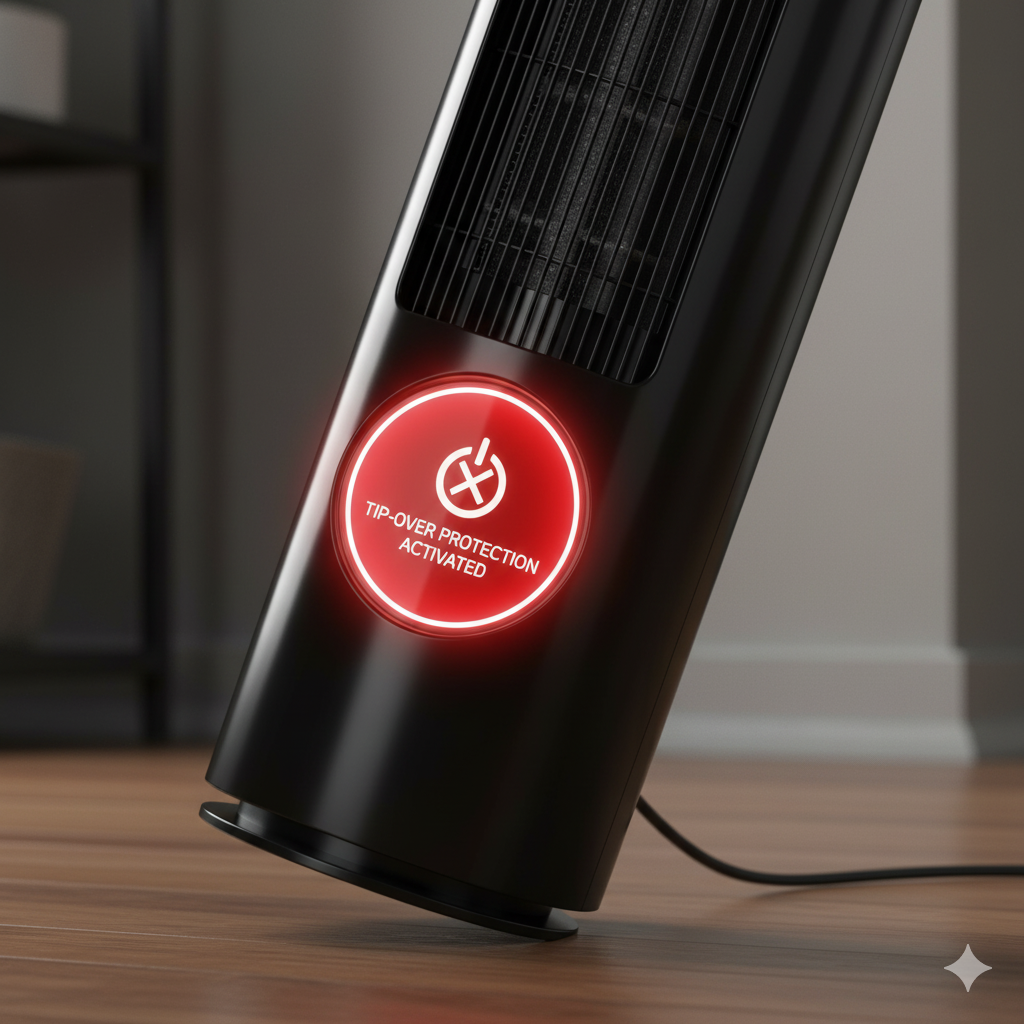
Since electric heaters are high-power devices, safety features are vital to prevent fire or electrical hazards.
A. Active and Passive Safety Mechanisms Two essential protection mechanisms that all reliable heaters must have are tip-over protection and overheat protection.
-
Tip-Over Protection: This mechanism automatically cuts power if the heater is accidentally knocked over.
-
Overheat Protection: Thermal sensors cut power when the internal temperature reaches a dangerous level.
-
Flame-Retardant Materials: The body of the device should be made from materials like high-temperature-resistant, flame-retardant ABS plastic.
B. The Self-Regulating Safety of PTC Technology PTC (Ceramic) heaters offer an inherent safety mechanism. As their temperature increases, their electrical resistance also increases significantly. This feedback loop naturally limits the current and prevents the element from getting dangerously hot.
C. CE and ERP: Legal Assurance and Efficiency Standards
-
CE Mark: A legal assurance that the product meets specific health, safety, and environmental protection requirements valid in Europe.
-
ERP (Energy-related Products Directive): This certification indicates that the products meet a certain level of energy efficiency. For heaters, this doesn't relate to converting energy to heat (which is nearly 100% for all), but to operational efficiency. ERP compliance confirms that the thermostat sensitivity, digital controllers, and smart power management systems are optimized to prevent wasted energy.
IV. POWER AND EFFICIENCY CALCULATIONS: ENGINEERING FOR SMALL SPACES
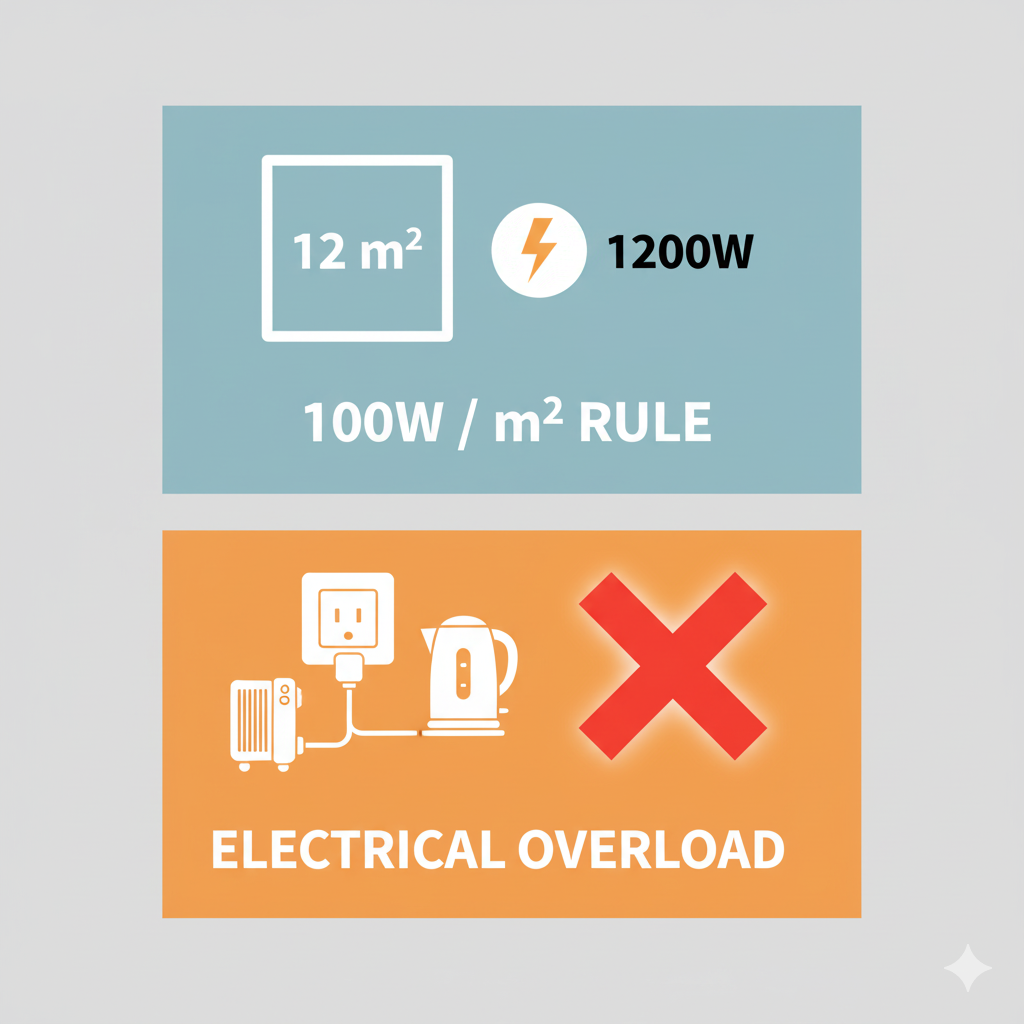
To ensure efficient and safe heating, it is essential to choose the heater's Wattage correctly based on the size and insulation of the area to be heated.
A. Power Requirement per Square Meter (Watt/m² Rule) A generally accepted rule of thumb is to use an average of 100 Watts of power per square meter (m²) in a building with average insulation.
-
For a 12 m² bedroom, a heater of at least 1200 Watts is recommended.
-
A 1500 Watt device is generally sufficient to heat areas between 6 and 12 m².
B. Ampere Limitations and Electrical Safety A common mistake is to ignore the electrical load of the heater. Devices over 1500 Watts draw a high current (Amps). Consumers should check the Amps drawn by the heater (Amps = Watts / Volts) and ensure that no other high-power devices are on the same circuit to avoid tripping the breaker or dangerous electrical overloads.
C. Heater Recommendations by Area Type
-
Bedroom: Silence is a priority. Convector or Oil-Filled heaters are recommended.
-
Under Office Desk / Local Heating: Quick, directed heat is needed. PTC Ceramic Fan or Quartz/Infrared heaters are suitable.
-
Camper/Small Cabins: Portable, low-Wattage models are preferred due to limited power sources.
V. OPERATING COST ANALYSIS: THE REAL PRICE OF WARMTH
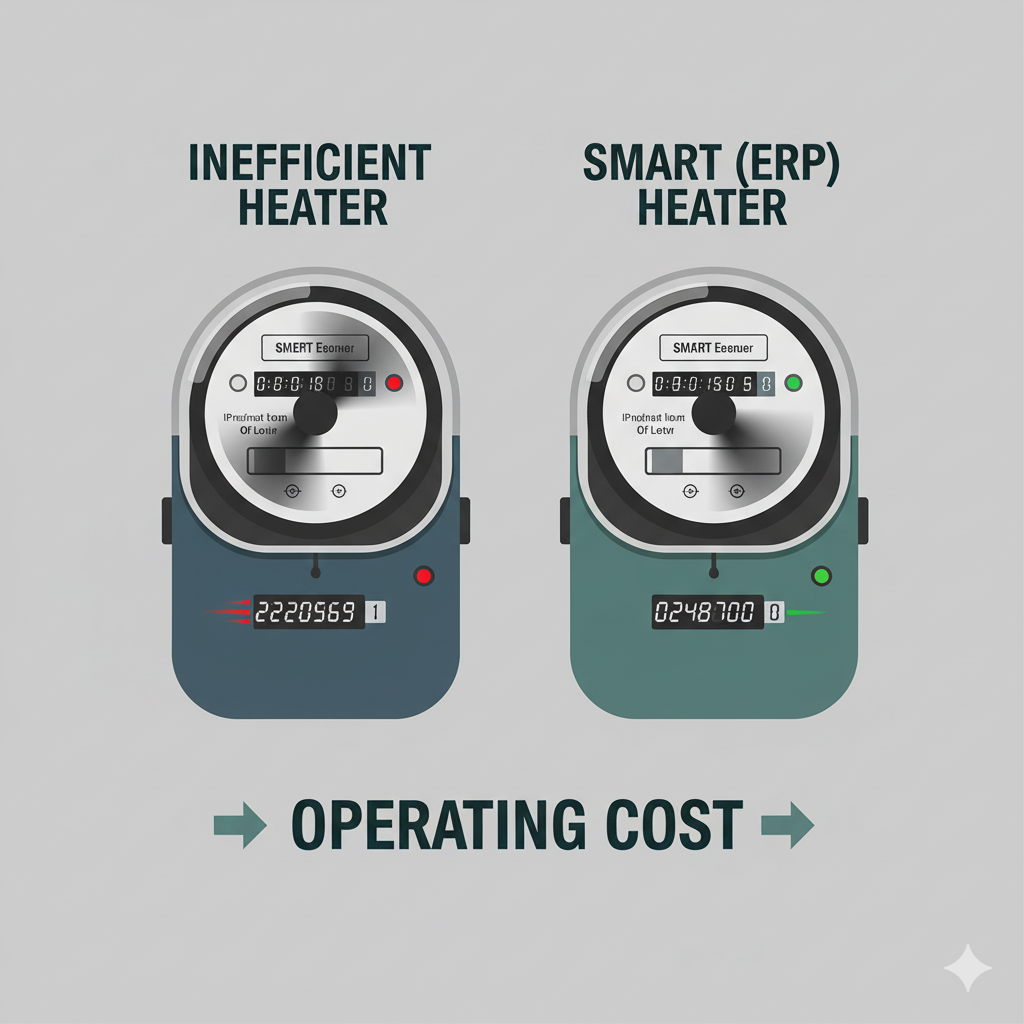
Calculating the energy consumption of electric heaters is simple: Consumed energy (kWh) = Device Power (kW) × Operating Time (hours). The general rule is: every 1000 Watts (1 kW) of power consumes exactly 1 kWh of electricity in 1 hour of full-capacity operation.
VI. MARKET REVIEW: TOP SMALL SPACE HEATER MODELS & FEATURES
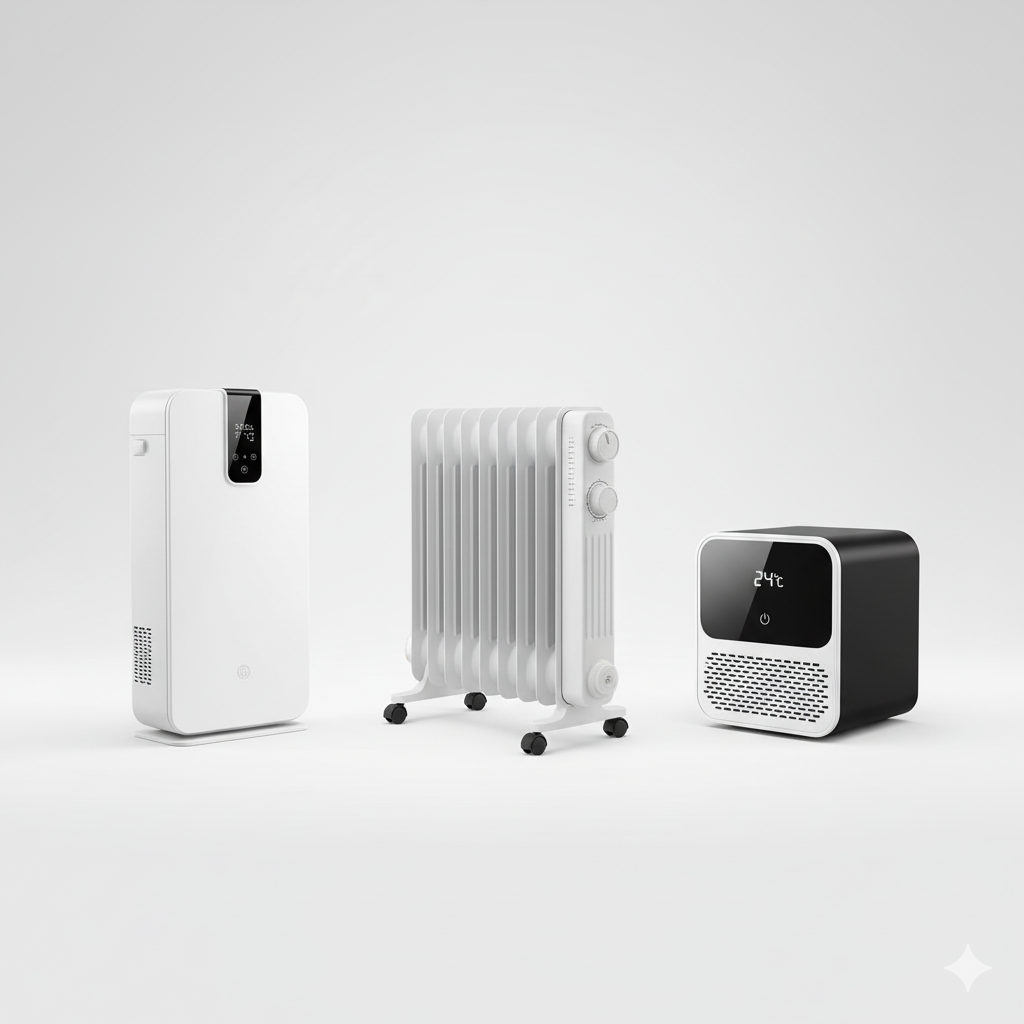
-
Smart and Comfort-Focused Solutions:
-
Xiaomi Mi Smart Space Heater S (2200 W): This convector heater offers a premium experience. It is extremely quiet, making it ideal for bedrooms. Its smart controls and automatic power adjustment based on ambient temperature provide high operational efficiency (ERP compliant). It is also IPX4 splash-resistant.
-
-
Fast Heating and High Performance:
-
Kumtel Quartz and Infrared Series: This brand offers a wide range for fast, powerful heating needs. Models range from 1500W to 2300W with features like thermostats and tip-over safety.
-
Luxell HC-2947 (2500 W Convector): A high-power convector with an adjustable thermostat. It features a slim, stylish design and can be wall-mounted or freestanding.
-
-
Ultra-Portable and Plug-In Mini Heaters:
-
Gaman Turbo / İtimat Mini Heaters (800 W - 1200 W): These are ultra-portable devices that plug directly into the wall outlet, often using PTC ceramic technology. Their low power makes them economical for very limited, personal spaces.
-
VII. CONCLUSION AND FINAL RECOMMENDATIONS
Choosing a small space heater requires a complex balance. The choice of heating technology should be based on your primary use case.
-
For Speed and Local Effect: Those who want to warm up quickly and target only a specific area (like under a desk) should choose Infrared (Quartz) or PTC Fan models.
-
For Silence, Comfort, and Longevity: For bedrooms, living rooms, and areas where stable, long-term temperature is desired, Convector or Oil-Filled models should be preferred. Convectors provide silent ambient heat, while Oil-Filled heaters offer the best longevity and durability due to their low mechanical complexity.
Tags
Other Articles

3 Flawless Layouts and 5 Real-Life Studio Solutions
Wondering how to arrange furniture in your small apartment? Get 3 fail-proof layouts for narrow living rooms and 5 genius plans for studio apartments.

Studio Apartment Hack: 10 "Cloffice" & WFH Nook Ideas That Save Space
Need a home office in your studio apartment? Discover 10 clever ways to create a WFH nook, including amazing "cloffice" (closet office) hacks.

Best Space-Saving Gifts for Small Apartments?
Wondering what gifts to buy for someone in a small space? Our 2025 guide answers with 30 genius space-saving tech, storage, and furniture ideas.